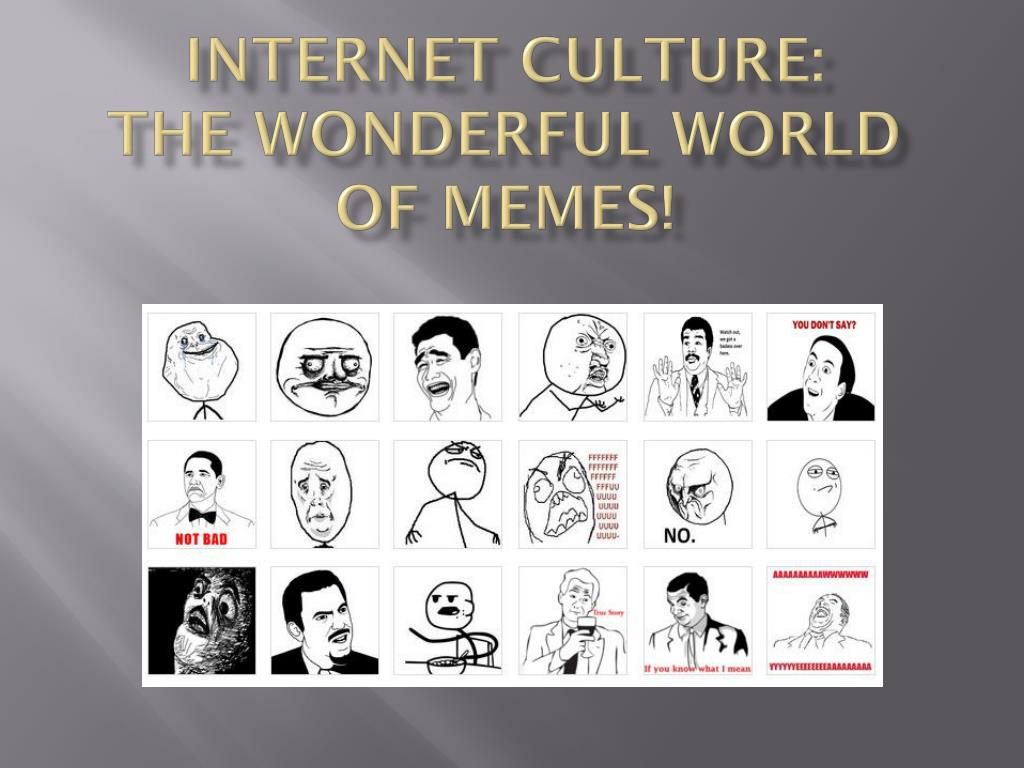Introduction In the vast landscape of internet humor, few elements have become as iconic and enduring as meme faces. These exaggerated, expressive ca
Introduction
In the vast landscape of internet humor, few elements have become as iconic and enduring as meme faces. These exaggerated, expressive cartoon-like drawings or edited real-life facial expressions have dominated social media, message boards, and forums for over a decade. Whether you’re chuckling at a “trollface” or relating hard to a “me gusta,” meme faces have carved a special place in the collective digital consciousness.
But where did meme faces originate, and why have they remained relevant even as internet culture evolves rapidly? This article explores the history, significance, variations, and future of meme faces, while examining how they’ve shaped online communication and humor.
Must visit: experttrading

What Are Meme Faces?
Meme faces refer to simple, exaggerated facial expressions often used in internet memes to represent specific emotions, reactions, or stereotypes. They can be either hand-drawn in black-and-white comic style (known as “rage faces”) or adapted from real people’s photos or screenshots. Their primary purpose is to visually convey a specific emotional or comedic tone in a relatable, often humorous context.
Meme faces are typically seen in:
- Rage Comics
- Reaction memes
- GIFs and stickers
- Social media posts and comment replies
From subtle sarcasm to all-out rage, meme faces have become shorthand for expressing feelings online without saying a word.
A Brief History of Meme Faces
Rage Comics Era (2008–2013)
The earliest form of meme faces can be traced back to rage comics, which began around 2008 on sites like Reddit, 4chan, and FunnyJunk. These comics used a set of recurring characters—each with a specific expression and meaning—to tell short, often humorous or frustrating everyday stories.
Some of the most well-known rage faces include:
- Trollface – Represents trolling or being annoying on purpose.
- Forever Alone – Symbolizes loneliness or social awkwardness.
- Y U NO Guy – Expresses confusion or frustration.
- Me Gusta – Signifies a guilty pleasure or weird satisfaction.
- FUUUU Guy – Depicts intense anger or rage.
These characters quickly gained popularity for their relatability, simplicity, and ease of customization. They were drawn using MS Paint or basic drawing tools and shared widely across image boards and social networks.
Evolution to Real Faces (2014–Present)
As internet meme culture matured, the use of real-life reaction faces began to dominate. People started capturing expressive screenshots from TV shows, movies, and viral videos to convey feelings more vividly. This era gave rise to meme faces like:
- Crying Michael Jordan – Used to represent defeat, sadness, or embarrassment.
- Woman Yelling at a Cat – A combination of drama and confusion.
- Disaster Girl – A smirking child in front of a burning house, symbolizing chaos.
- Side-Eyeing Chloe – A young girl’s awkward glance representing disbelief or discomfort.
These memes were often more flexible and culturally layered than rage faces, and their realism made them even more relatable.
Why Meme Faces Are So Effective
- Instant Recognition
Meme faces tap into a shared understanding. Once you’ve seen a face a few times, you recognize it and its meaning instantly. - Universality of Emotion
Facial expressions are universally understood. A sad face or a smug grin transcends language barriers. - Visual Humor
Human brains process images faster than text. Meme faces enhance the comedic timing and make jokes land better. - Relatability
Whether it’s the annoyance captured in the “Y U NO” guy or the smug satisfaction of “Trollface,” these expressions mirror everyday frustrations and wins. - Customizability
Users can edit or redraw meme faces to fit personal stories, niche subcultures, or inside jokes—ensuring the meme keeps evolving.
Categories of Meme Faces
1. Rage Faces
These are black-and-white cartoon-style expressions often used in short comic strips. They feature exaggerated emotions and punchlines and were the foundation of meme face culture.
Examples:
- Rage Guy (FUUUU)
- Forever Alone
- Yao Ming Face
- Okay Guy
- Derp and Derpina
2. Reaction Faces
Usually taken from real people or characters in media, these faces are used to show reactions like disbelief, joy, sadness, or smugness.
Examples:
- Drakeposting (“Hotline Bling” reaction)
- Real Housewives vs. Cat
- Blinking White Guy
- Confused Nick Young
3. Photoshop Meme Faces
These are altered versions of real faces or fictional characters, often exaggerated with filters or effects to enhance comedic or surreal value.
Examples:
- Giga Chad
- Wojak Variants (Doomer, Zoomer, NPC)
- Chad vs. Virgin memes
Meme Faces in Digital Communication
The way we communicate online has dramatically changed due to meme faces. Instead of saying, “I’m frustrated because I spilled coffee on my shirt,” a user can simply post a meme face like “FUUUU Guy” or “Facepalm Picard,” and others instantly get the message.
They are also widely used in:
- Group chats and comment sections
- Twitch and Discord emotes
- Reaction GIFs
- Instagram and TikTok remixes
This shorthand form of visual communication can add humor, sarcasm, or emotional depth without a single word of explanation.
Decline of Traditional Rage Faces
While meme faces are still relevant, the original rage comic faces have become less common. Some reasons for this include:
- Changing humor styles – Internet humor has become more absurdist and layered.
- Mobile-first platforms – Instagram, TikTok, and Twitter favor vertical content, not static comic panels.
- Aesthetic preferences – Hand-drawn MS Paint graphics look outdated to many younger users.
- Generational shifts – Gen Z leans toward more surreal or nihilistic memes like Wojak or ironic stock photo edits.
However, older meme faces still resurface for nostalgia, especially in discussions of “internet classics” or meme history.
The Future of Meme Faces
Meme faces will likely evolve alongside advancements in AI, augmented reality, and digital communication. We’re already seeing:
- AI-generated meme faces
- Deepfake expressions for humor
- Face filter memes on TikTok and Snapchat
- Animated avatars and emojis in Metaverse spaces
While the format may change, the core idea—using faces to express universal emotions quickly—remains strong.
Frequently Asked Questions (FAQs)
Q1: What is the most famous meme face?
Arguably, the Trollface is the most iconic meme face. Created in 2008 by Carlos Ramirez, it became a global symbol for internet trolling and mischief.
Q2: Are meme faces copyrighted?
Some meme faces, like Trollface, are copyrighted, and their creators have pursued legal action in the past. However, many meme faces fall into a legal gray area due to their widespread public use.
Q3: What’s the difference between a rage face and a reaction face?
- Rage faces are cartoon-style drawings used in comics.
- Reaction faces are real or edited photos used to convey emotions in a more realistic way.
Q4: Why did rage comics lose popularity?
The humor format became repetitive, and new platforms like Instagram and TikTok favor different visual styles. Additionally, meme culture has become more fragmented and niche.
Q5: Can I make my own meme face?
Absolutely! Many users create custom meme faces using drawing apps or image editing software. Meme culture thrives on originality and remixing, so feel free to contribute your own.
Q6: Are meme faces still relevant in 2025?
Yes, though their form has evolved. While the classic rage faces are more of a nostalgia piece, reaction faces and new meme formats continue to dominate digital spaces.
Conclusion
Meme faces are more than just funny drawings or expressions—they’re a form of modern digital communication. Whether it’s the MS Paint simplicity of the rage era or the nuanced reactions of real-life screenshots, these faces allow people around the world to share laughter, frustration, irony, and joy.
As long as the internet exists, meme faces—old and new—will remain a crucial part of how we connect and express ourselves online. So the next time words fail, just let a meme face do the talking.



COMMENTS